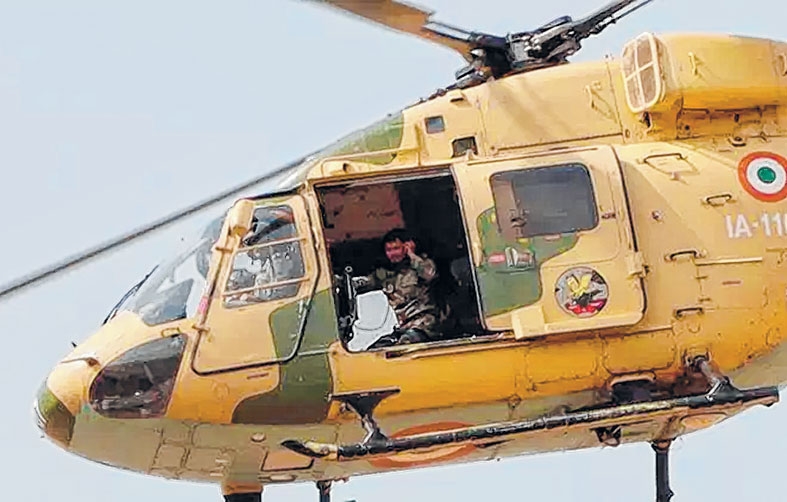India and Myanmar forces coordinate to destroy NE insurgent camps across border

New Delhi, Jun 16
In a coordinated military operation conducted by the armies of India and Myanmar on their respective sides of the border, several camps of North East-based militant groups inside Myanmar territory were destroyed, and fleeing militants apprehended by Indian security forces.
Called ‘Operation Sunshine-2’, the military action that took place between May 16 and June 8, is expected to give a debilitating jolt to insurgencies in the North Eastern States. The operation included blocks by two battalions of the Indian Army — along with Special Forces, Assam Rifles and infantry Ghataks — on the Indian side of the border while clearance action was taken by four brigades of the Myanmar Army. This was a follow-up to ‘Operation Sunshine-1’ from February 22 to 26, when the Indian Army had acted against suspected Arakanese rebel camps inside Indian territory, and fleeing Arakenese rebels were arrested by the Myanmar Army on their side.
Calling the joint operation a success, a Government official told The Sunday Express that the operation “was coordinated at a military level” and “possible due to trust generated between the two armies by Operation Sunshine-1”. The official added that “the valid grouse that Myanmar Army held after the 2015 cross-border strike of violating their sovereignty when we hit at a NSCN-K camp has also been laid to rest with a coordinated approach.”
Around 70-80 militants, who were apprehended by the Indian Army in Operation Sunshine-2, have all been handed over to local police forces. Sources said that at least seven to eight camps of the NSCN-K, NDFB, ULFA(I), KLO and NEFT in Myanmar’s Sagaing Region were destroyed by the Myanmar Army in mortar firing. Majority of these camps were in Hokayat, and were predominantly of the Naga rebel group, NSCN-K, which had abrogated its ceasefire with the Indian Government in 2015. NSCN-K, however, has an ongoing ceasefire agreement with the Myanmarese Government that was signed in April 2012.
Sources said the Myanmar Army had completed its debriefing of the operation and claimed that two militants were killed. Myanmar Army has also decided to stay in these areas for another three months so that these groups get no opportunity to regroup and assemble during the monsoons.
Sources said the Indian Army will provide logistics support to the Myanmar Army during this deployment as their infrastructure is stretched heavily during the monsoons. This support will include special rations and food supplies for the Myanmarese soldiers deployed in Sagaing Region.
The military operation was coordinated between the Indian Army’s 3 Corps and the North West Army Command of the Myanmar Army. The two armies were careful to not cross over into each other’s territory but established close coordination by placing liaison officers with headquarters of the other army.
Sources said the two armies took advantage of all the modern technological tools, including satellite imagery, Thuraya telephones, UAV sweeps and aerial surveillance through helicopters. Extensive joint aerial reconnaissance was also carried out by the two armies prior to the operation, which also included coordination visits by top Army officers of both sides, sources explained.
The joint operation was first flagged on May 27 by the NSCN(K), when it issued a statement claiming that a “war-like situation” had been created in the Naga-inhabited region as a result of the “joint political and military operation” by Myanmar and India. Last month, it had killed two soldiers of the Assam Rifles and wounded four soldiers in an ambush on the India-Myanmar border in what was seen as a response to the joint military operation.
The Indian Express